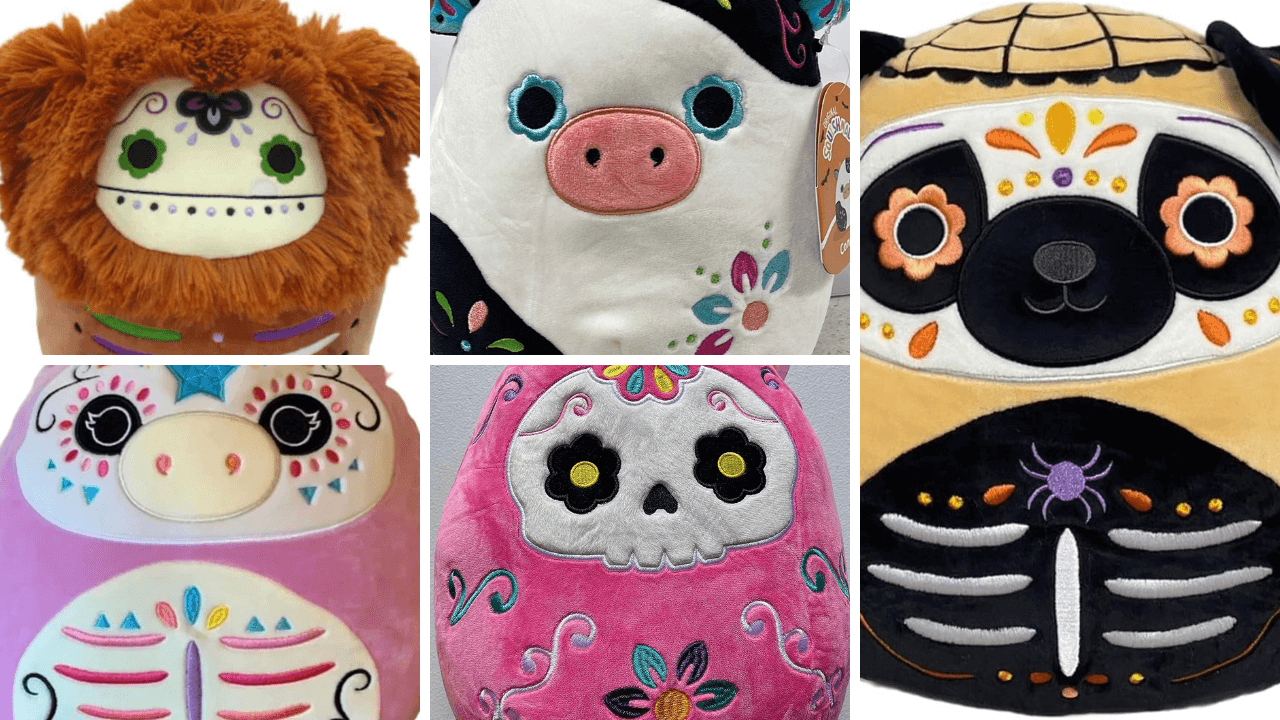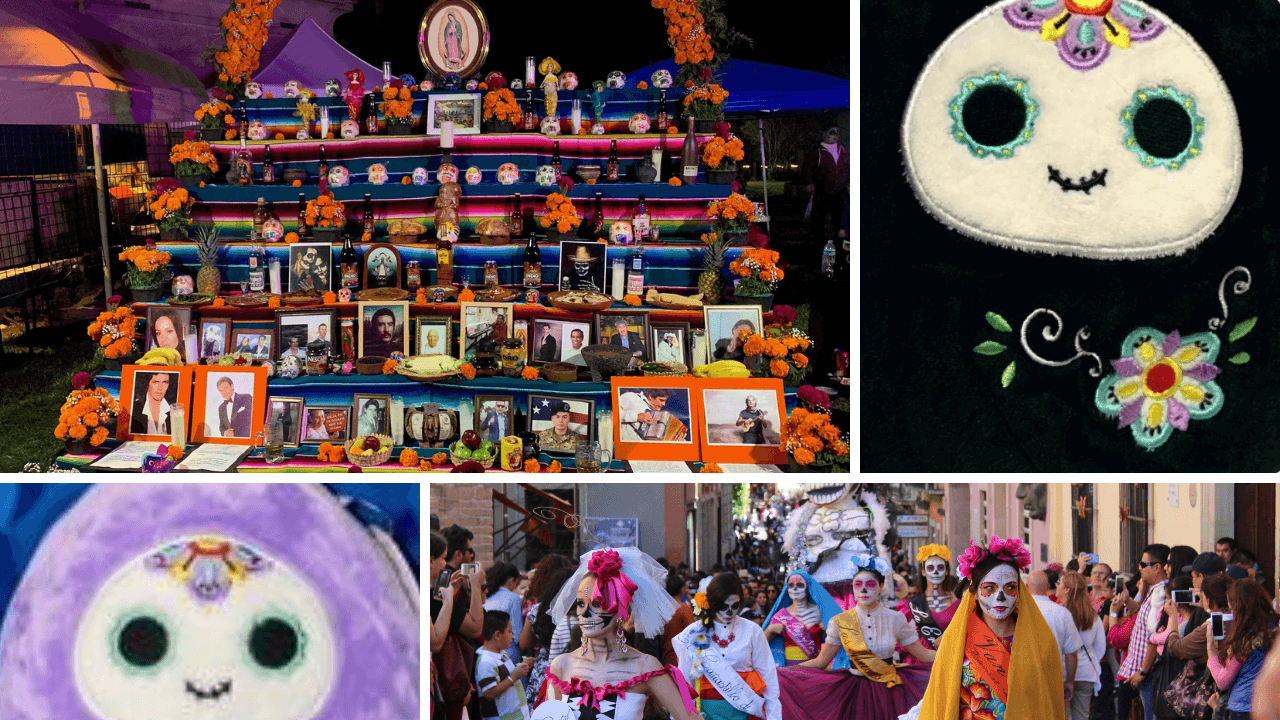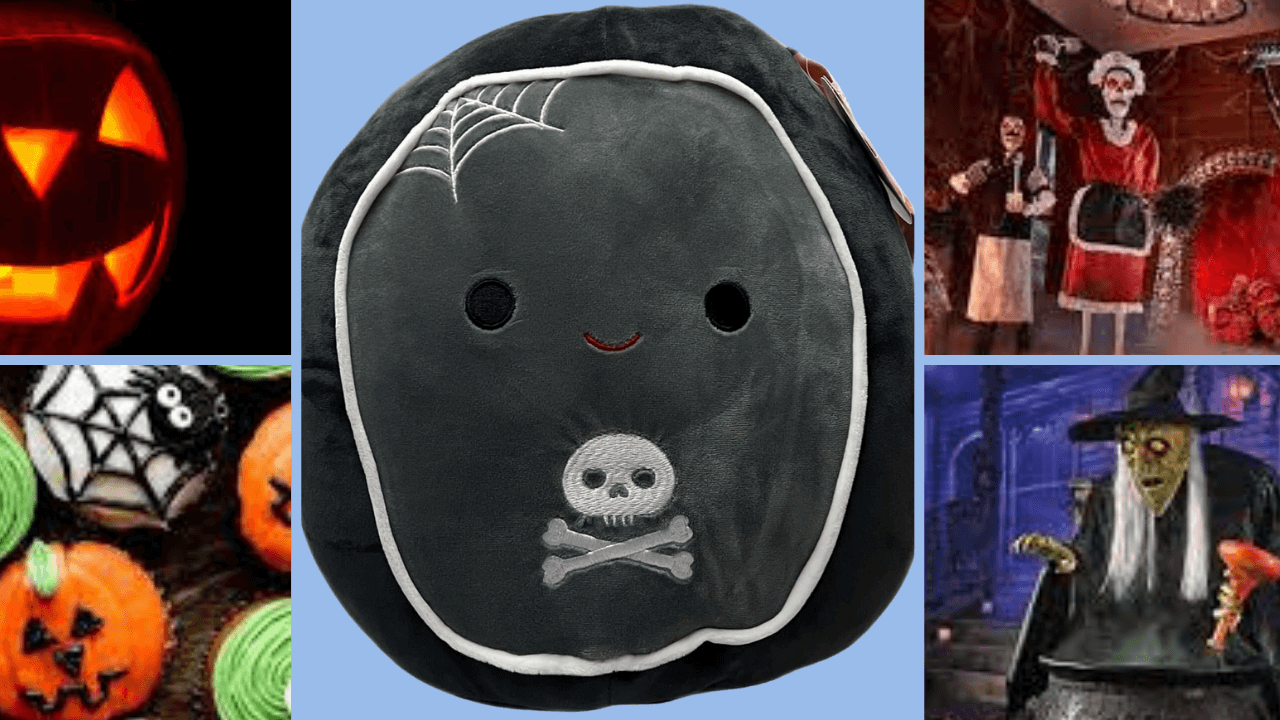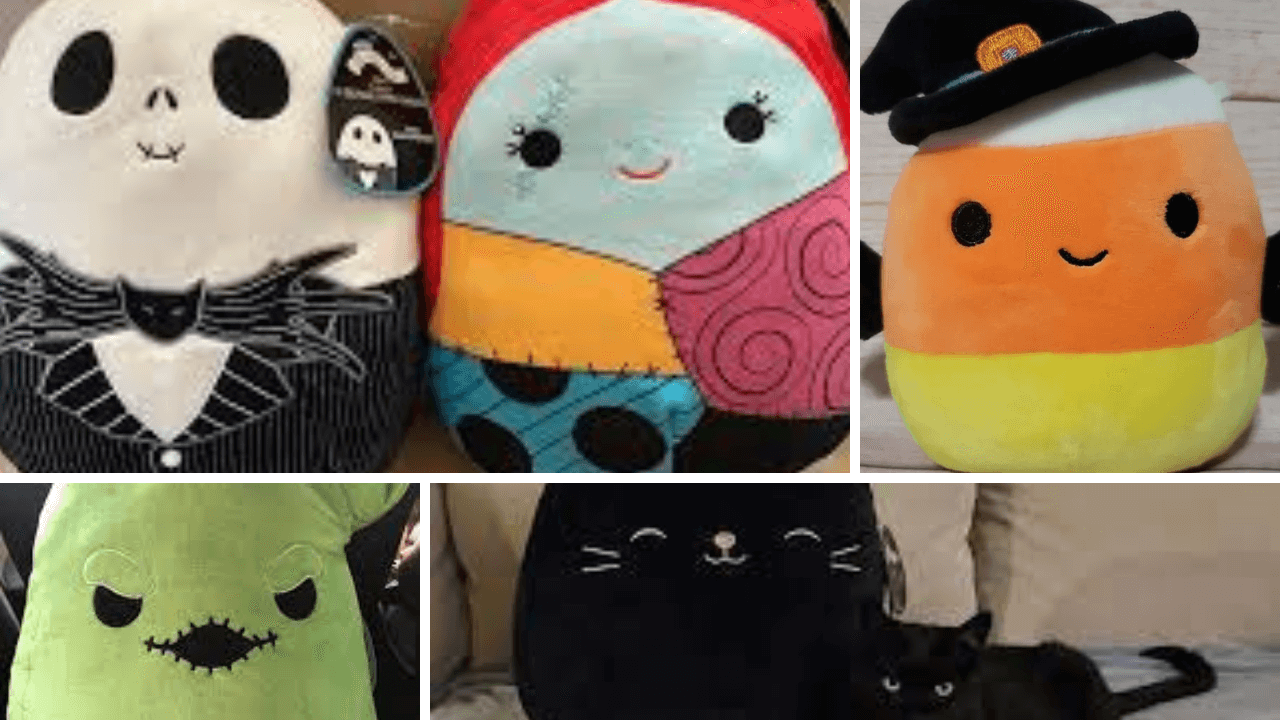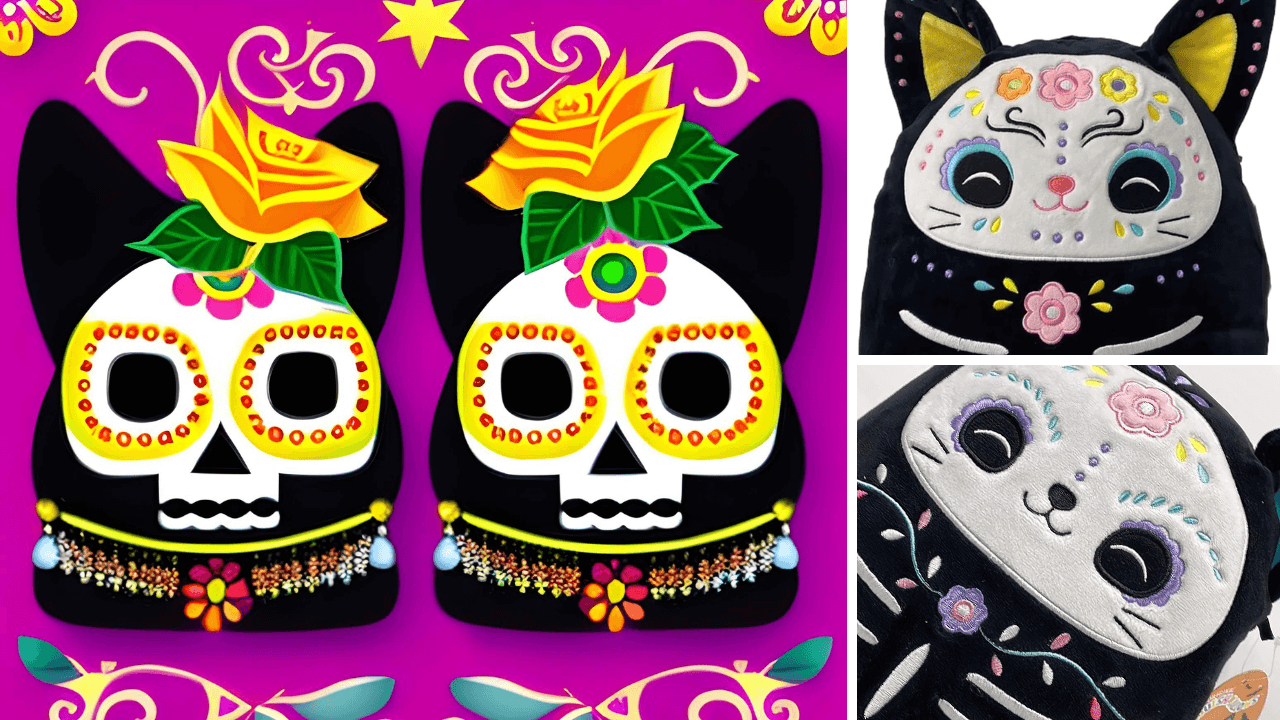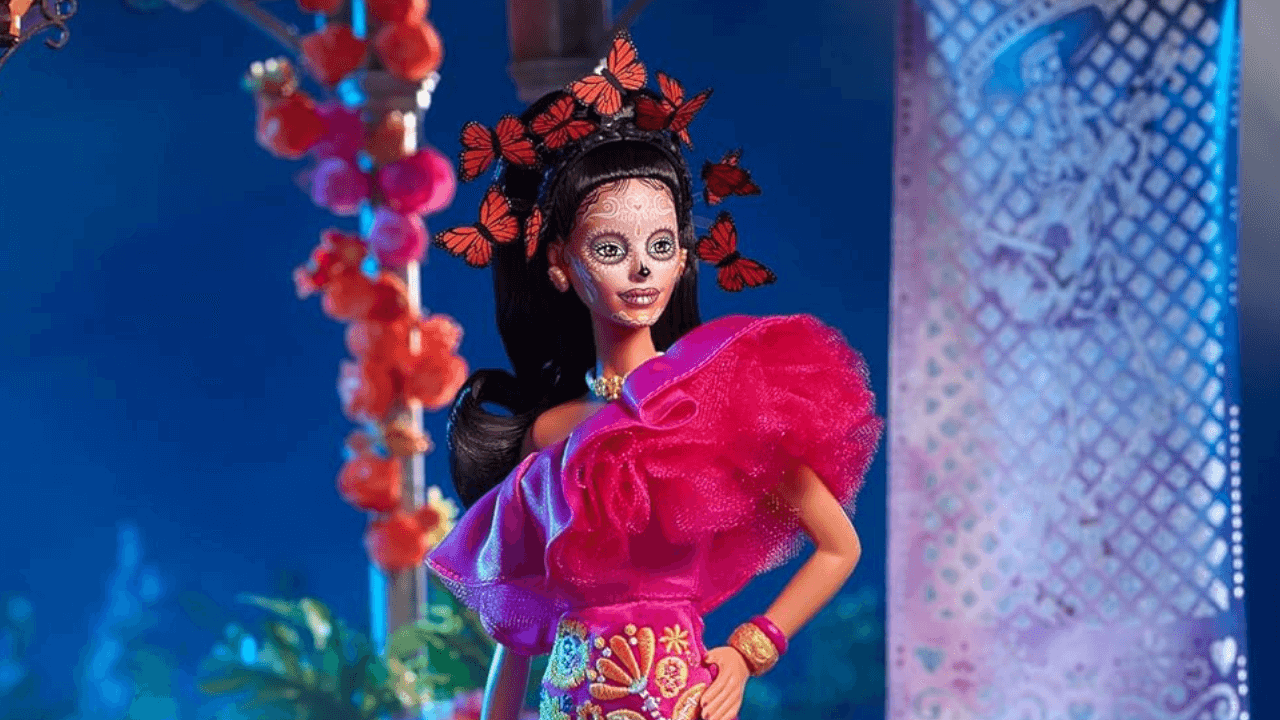Ever found yourself wondering, "What is the Day of the Dead in Spanish?"
Well, gather around Squishmallow enthusiasts, parents, and collectors, because you're about to embark on a colorful journey into one of Mexico's most vibrant traditions.
It's called 'Día de los Muertos,' and no, it's not Mexican Halloween!
We promise, by the end of this article, you'll be able to impress your Squishmallow-loving buddies with your knowledge about this fascinating celebration.
But why should you stick around? Simple!
Understanding 'Día de los Muertos' is not just about learning a new term in Spanish.
It's an invitation to explore a rich cultural tradition that celebrates life, honors the dead, and yes, includes some pretty amazing artwork (Hello, Sugar Skulls!).
So, whether you're looking to broaden your cultural horizons, teach your kids about global traditions, or simply spice up your Squishmallow conversations, buckle up for an enlightening ride into the heart of Día de los Muertos!
Let’s dive in, shall we?
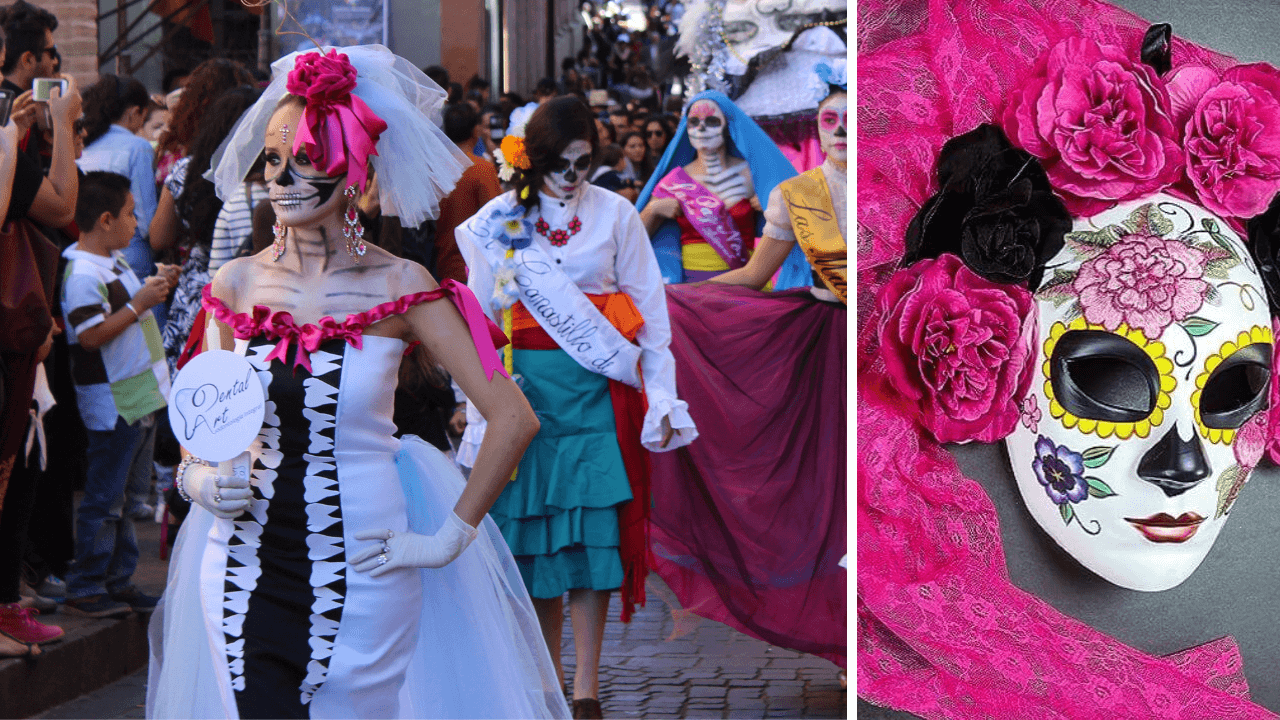
Translation and Pronunciation
Hola amigos!
Let's shed some light on this captivating topic.
In the Spanish language, the Day of the Dead is known as "Día de los Muertos."
Pronounced as "dee-ah deh lohs mwehr-tohs," this vibrant celebration holds immense cultural significance in many Spanish-speaking countries and many places around the world.
The term "Día de los Muertos" perfectly captures the essence of this traditional event.
It showcases the belief that during this time, the spirits of the departed loved ones return to Earth to reunite with their families and friends.
Watch this short video with 10 Fun Facts about Día de los Muertos and listen to how it is pronounced!
And then continue on to learn even more about this meaningful holiday!
The History and Origins of Día de los Muertos
While it may seem similar to Halloween, the Day of the Dead is a unique and significant event in Mexican culture with its own traditions and customs.
Day of the Dead Origins: Ancient Roots
The Day of the Dead has deep indigenous and Mesoamerican roots.
It originated in Latin America from Aztec practices and rituals honoring the goddess Mictecacihuatl, the Lady of the Dead.
The Aztecs believed that death was a natural part of life and that the spirits of the deceased relatives would return to visit their loved ones during this time.

Honoring Ancestors
One of the most important aspects of Día de los Muertos is the belief that the spirits of the departed return to visit their families.
This Mexican holiday is a time for reconnecting with ancestors, sharing stories and memories, and ensuring that their spirits are well taken care of on their journey.
Día de los Muertos is not about mourning or grief, but rather a celebration of life itself.
It is a beautiful and profound way to remember and honor those who have passed away, while also embracing the cycle of life and death as an integral part of our shared human experience.
Celebrating Life and Death
One of the key differences between Halloween and the Day of the Dead is the focus of the celebrations.
While Halloween often revolves around spooky and scary themes, the Day of the Dead celebration is centered on celebrating life and remembering those who have passed away.
Día de Muertos is celebrated over two days: November 1st, known as All Saints' Day, and November 2nd, known as All Souls' Day.
The Connection with Halloween

So, why is Halloween on October 31st connected to the Day of the Dead?
Despite their differences, there are some connections between Halloween and the Day of the Dead.
Both holidays occur around the same time, with Halloween on October 31st and the Day of the Dead celebrated from November 1st to November 2nd.
This overlapping timeframe has led to some similarities in decorations and colorful costumes, but the two holidays have distinct origins and meanings.
Halloween Origins
Halloween traces its roots back to ancient Celtic festivals, particularly the festival of Samhain.
Samhain marked the end of summer and the beginning of winter, a time when the boundary between the living and the spirit world was believed to be thin.
It was believed that on this night, spirits and ghosts could roam freely among the living.
It was a time of harvest when people would light bonfires and wear costumes to ward off ghosts.
In the eighth century, Roman Pope Gregory III declared November 1st as a time to honor all saints and began to include some of the Celtic traditions to "catholicize" the holiday in the interest of spreading and strengthening the dominance of Christianity.
A Blend of Traditions

When the Spanish conquerors arrived in Mexico in the 16th century, they brought with them their own customs and traditions.
According to my research, Dia de los Muertos, also known as Mexico's Day of the Dead, does have a presence in Spain.
It is observed under the name "Día de Los Fieles Difuntos" or "Day of the Faithful Departed."
This holiday is a commemoration of the dead and is celebrated on November 1st, which is also known as All Saints' Day in Spain.
While it may not be as widely celebrated as in Mexico, there are still cultural and religious practices associated with honoring and remembering the deceased in Spain during this time.
So when the conquerors arrived to Mexico in the 16th century, the Catholic Church made an effort to convert the indigenous people.
They began by incorporating elements of the existing celebrations into the Christian holiday of All Saints' Day, which is observed on November 1st.
And so it continued that these dates have been observed, combined, and modified over the centuries to suit the purposes and wishes of different cultures and ruling parties.
Celebrating Life Amidst Dia de Muertos Festivities
The Day of the Dead is not a somber occasion; it's a lively and joyous celebration of life!
Communities come together to honor and remember their loved ones while embracing the beauty of life itself.
These celebrations can take a humorous tone, as celebrants remember funny events and anecdotes about the departed.
Elaborate parades, known as "calacas y calaveras," fill the streets with music, dance, and vibrant costumes.
People paint their faces as whimsical skulls, known as "sugar skulls," and indulge in delicious traditional typical food treats like "pan de muerto" (bread of the dead) and "calaveras de azúcar" (sugar skulls).
Embracing Ancestral Traditions

When it comes to celebrating the Day of the Dead, Spanish-speaking communities have embraced various customs and practices that reflect their deep-rooted connection with their ancestors.
Families and friends gather together to construct beautifully adorned altars called "ofrendas" in their homes or at gravesites.
These ofrendas are adorned with the colorful flor de muerto marigolds, photographs of the deceased family members, their favorite food and drinks, and other offerings that hold sentimental value.
The aroma of copal incense fills the air as candles flicker, creating a warm and inviting ambiance.
It is believed that these offerings, along with heartfelt prayers and remembrances, guide the spirits back to the earthly realm.
Families also visit cemeteries to clean and decorate the graves, transforming them into beautiful, festive spaces.
Symbolism and Traditions

Skulls, or calaveras, are iconic symbols of the Day of the Dead. They are not meant to be scary but rather represent the idea that death is just a part of the cycle of life.
Sugar skulls, beautifully decorated with vibrant colors and intricate designs, are popular during this time.
They are often given as gifts or placed on the altars as offerings.
Another important tradition during the Day of the Dead is the creation of papel picado, delicate tissue paper cutouts with intricate designs.
These colorful decorations are hung throughout the streets and homes, adding to the festive atmosphere.
A Time for Reflection and Connection
The Day of the Dead serves as a profound reminder to cherish the memories of our departed loved ones and celebrate the lives they lived.
It encourages us to reflect on the cycle of life and death, fostering a deeper connection with our roots and those who came before us.
So, whether you're observing the Day of the Dead in Mexico, Spain, or any Spanish-speaking country or community, this cherished tradition unites communities through love, remembrance, and celebration.
Now that you know "What is the Day of the Dead in Spanish?" why not take part in this enchanting Día de Muertos cultural experience?
You don't have to be of Mexican heritage to appreciate and incorporate the meaningful Day of the Dead celebrations in your own family's traditions.
Make it a family affair and create a family altar to share in the fun of remembering and appreciating dead loved ones.
Maybe you can celebrate at a Day of the Dead parade near you, make some traditional food, or simply play music from the holiday!
Embrace the Día de Muertos festivities, honor your ancestors, and create lasting memories that will be cherished for generations to come. ¡Viva la vida!

Let the Festivities Begin!
While Halloween and the Day of the Dead share some similarities, such as the timeframe and festive decorations, they are distinct cultural celebrations with different origins and meanings.
Halloween focuses on the spooky and supernatural, while the Day of the Dead is a time to honor and remember loved ones, celebrating life and embracing the cycle of death and rebirth.
The Day of the Dead in Spanish, or el Día de los Muertos, is a rich and meaningful tradition that has been passed down through generations.
It is a time to celebrate, remember, and honor our loved ones who have departed, while also embracing the beauty and fragility of life itself.
So, the next time you encounter colorful skulls and vibrant decorations during the Halloween season, remember that they may be inspired by the rich traditions of the Day of the Dead!
And if it were me, I'd consider grabbing up a couple of these super cute, Day of the Dead and Sugar Skull Squishmallows to celebrate the day and make the occasion even more fun and cuddly!
I've already chosen some cuties that represent a few of my own dearly departed!
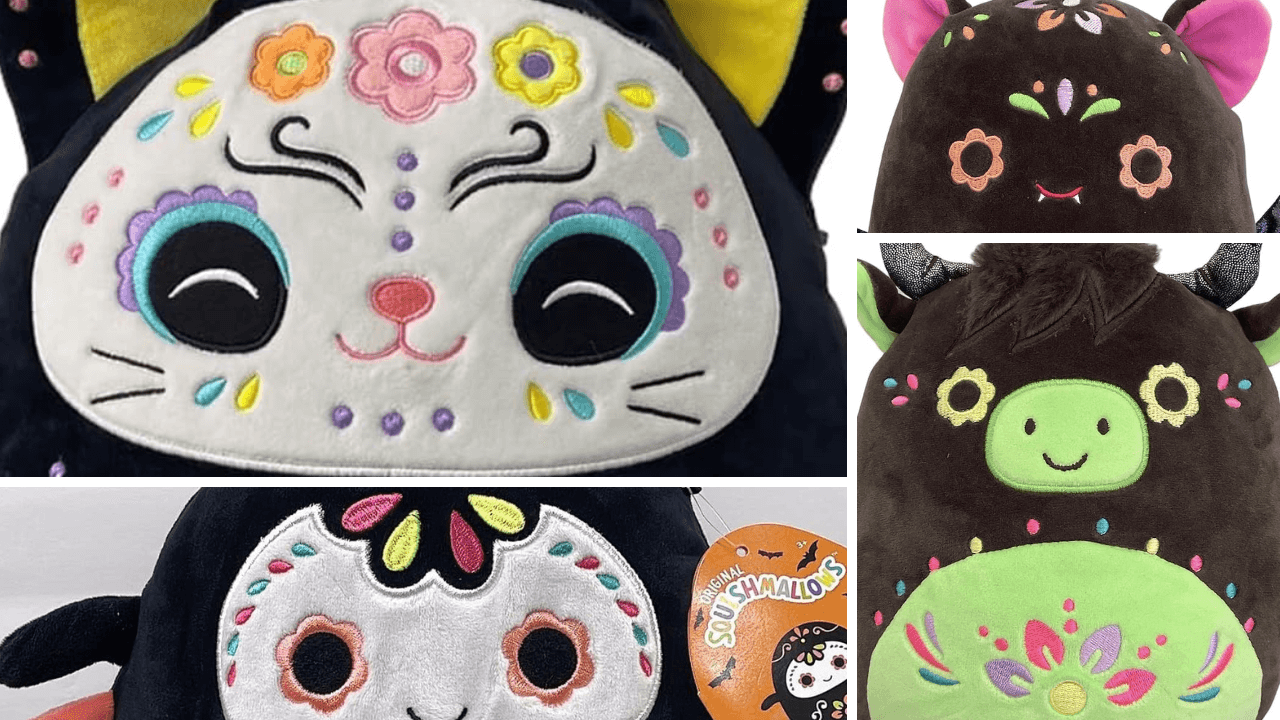
Want to Learn More?
The modern movie "Coco" from Pixar was inspired by the Day of the Dead and portrays the feeling of the holiday as it is observed today.
If you love history and would like to get into the weeds of its origins, these are two great resources:
Mexico's Day of the Dead - Google Arts & Culture
Hope you enjoyed this mini, yet meaningful, history lesson!
Have a safe and Happy Halloween and enjoy honoring and remembering your loved ones on Día de los Muertos!

You Might Also Enjoy These Articles:
